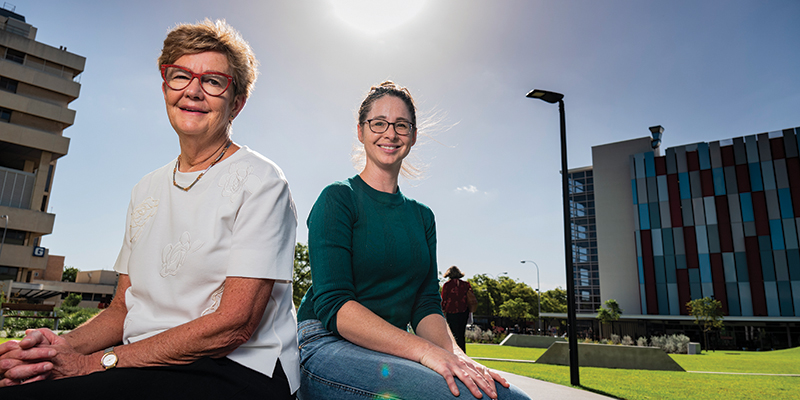Search

News & Events
New research into Vitamin D and Sunlight has created Project D-LightProject D-Light aims to understand and harness the benefits of vitamin D and sunlight for Australian children while protecting them from excess UV.
News & Events
Vitamin D levels linked to depression in young menResearch from Perth's The Kids for Child Health Research shows that symptoms of depression in young men may be associated with low vitamin D levels.
News & Events
New research links poor language to lack of Vitamin D in wombNew research has found that children of mums who had low levels of Vitamin D during pregnancy are twice as likely to have language difficulties.

News & Events
Sunny outlook for allergy-prone bubFelix was one of 195 children to take part in Dr Debbie Palmer’s research into sunlight exposure, vitamin D and eczema.

News & Events
Let the sun shine inFor decades Aussies have been told to minimise sun exposure to prevent skin cancer - now researchers at Telethon Kids are challenging that message.
News & Events
Research symposium to hear how sunscreens proved no threat to vitamin D production in recent European studyLeading international and national experts will gather at The Kids Research Institute Australia on Friday for a D-Light Research Symposium.

News & Events
Vitamin D linked to healthy Fetal developmentThe important role of vitamin D in early development is the focus of research that has uncovered links between vitamin D levels and healthy growth of the baby d
Research
UV inhibits allergic airways disease in mice by reducing effector CD4 T cellsIn human asthma, and experimental allergic airways disease in mice, antigen-presenting cells and CD4(+) effector cells at the airway mucosa orchestrate, and CD4
Research
Relationship between group B Streptococcal rectovaginal colonization and Vitamin D deficiency in pregnant womenVitamin D has been recognized to have a significant impact on modulating immune response in the host body. The relationship between deficiency of Vitamin D and rectovaginal colonization with Group B Streptococcus (GBS) in pregnant women is still not well understood.
Research
Characterization of regulatory dendritic cells differentiated from the bone marrow of UV-irradiated miceIn summary, UV-BMDCs do not express the classical phenotypic or gene expression properties of DCs reported by others as 'regulatory' or 'tolerogenic'.
